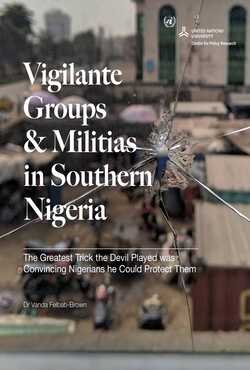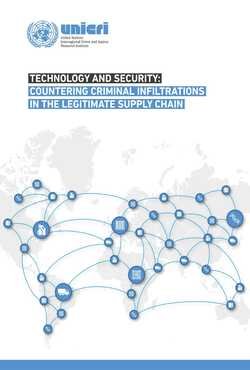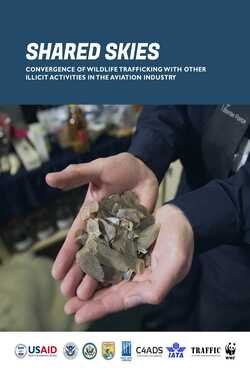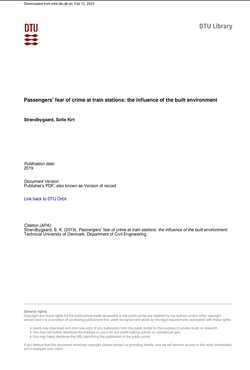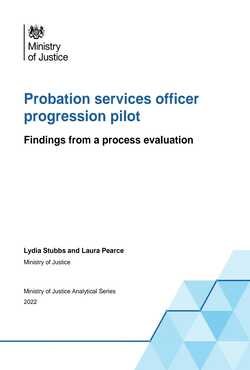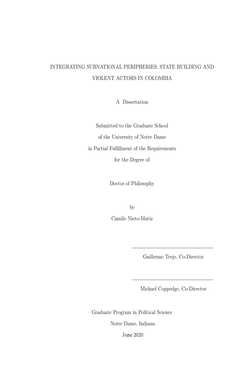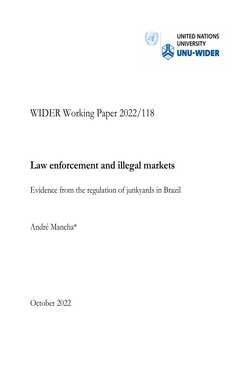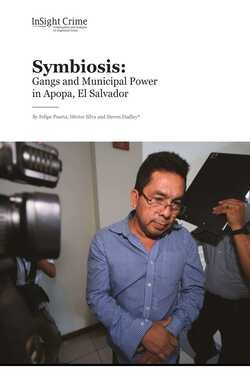By Tien-Li Kuo
Environmental criminology concerns the role of opportunities (both people and objects) existing in the environment that make crimes more likely to occur. Research consistently shows that opportunity perspectives (particularly with regard to individuals’ lifestyles and routines) help in explaining the prevalence and concentration of crimes. However, there is a paucity of studies investigating crime patterns from an opportunity perspective both outside western countries and in relation to cybercrimes. Hence, it is not clear whether non-Western and online contexts exhibit similar patterns of crime as would be predicted by an opportunity perspective. This thesis is concerned with criminal victimisation in Taiwan – a less researched setting in the field of environmental criminology. It covers both offline victimisation (with a focus on burglary) and online victimisation from the aforementioned opportunity perspective. The goal of this thesis is to identify individual- and area-level characteristics that affect the patterns of victimisation in Taiwan. To achieve this, the thesis draws on a range of secondary datasets, including police recorded crime statistics, the Taiwan Area Victimisation Survey, and the Digital Opportunity Survey for Individuals and Households. With the application of quantitative modelling, the thesis suggests that the generalisability the lifestyle-routine activity approach in explaining crime patterns in Taiwan should be taken with caution. The findings provide partial support for its applicability in relation to burglary and cybercrime in Taiwan. Furthermore, the findings reported here in relation to patterns of repeat and near repeat victimisation depart from those observed in the western literature. The thesis concludes by discussing the implications of the findings for academic research and practice in crime prevention.
London: University College London. UCL Department of Security and Crime Science, 2021. 400p.



